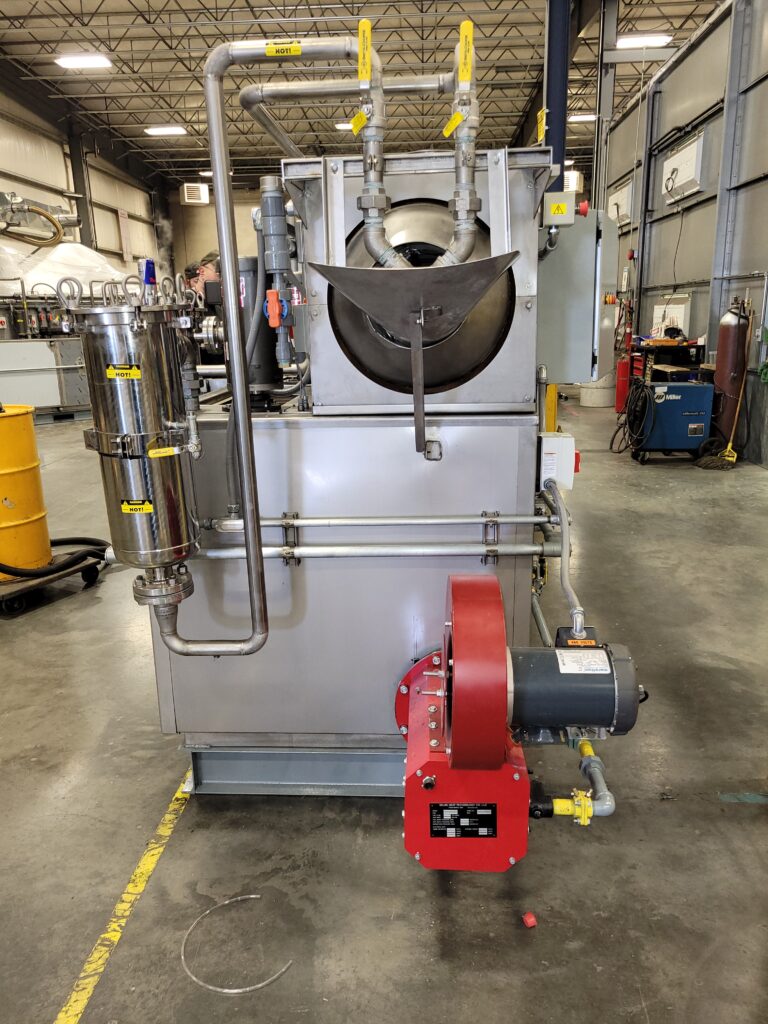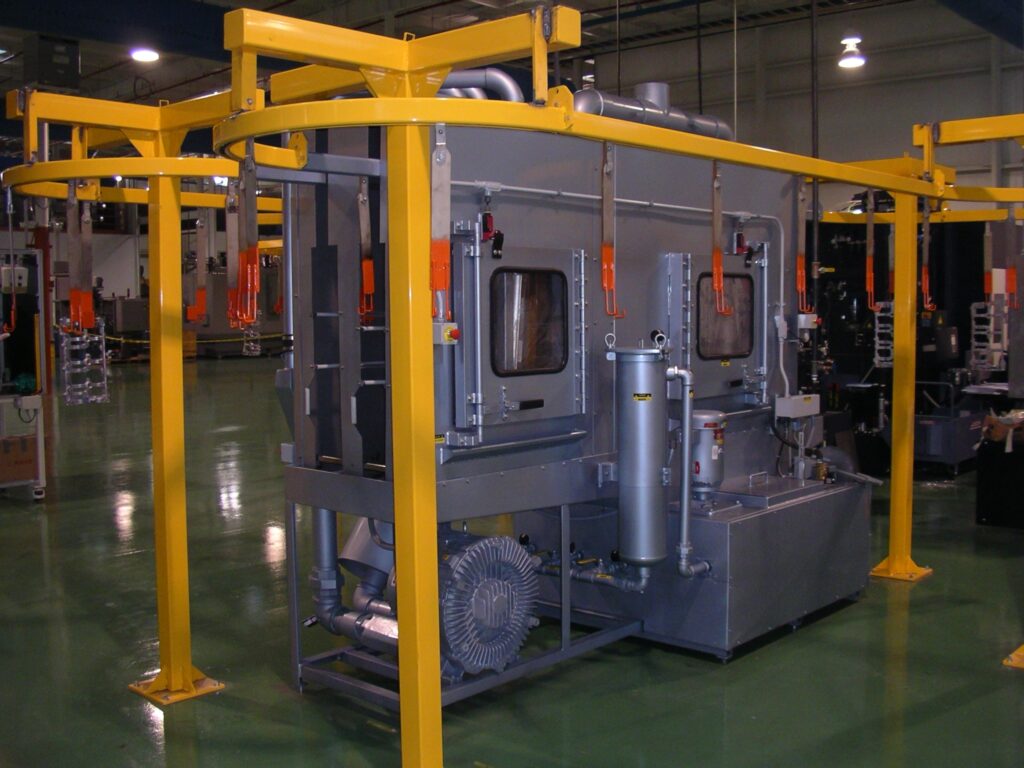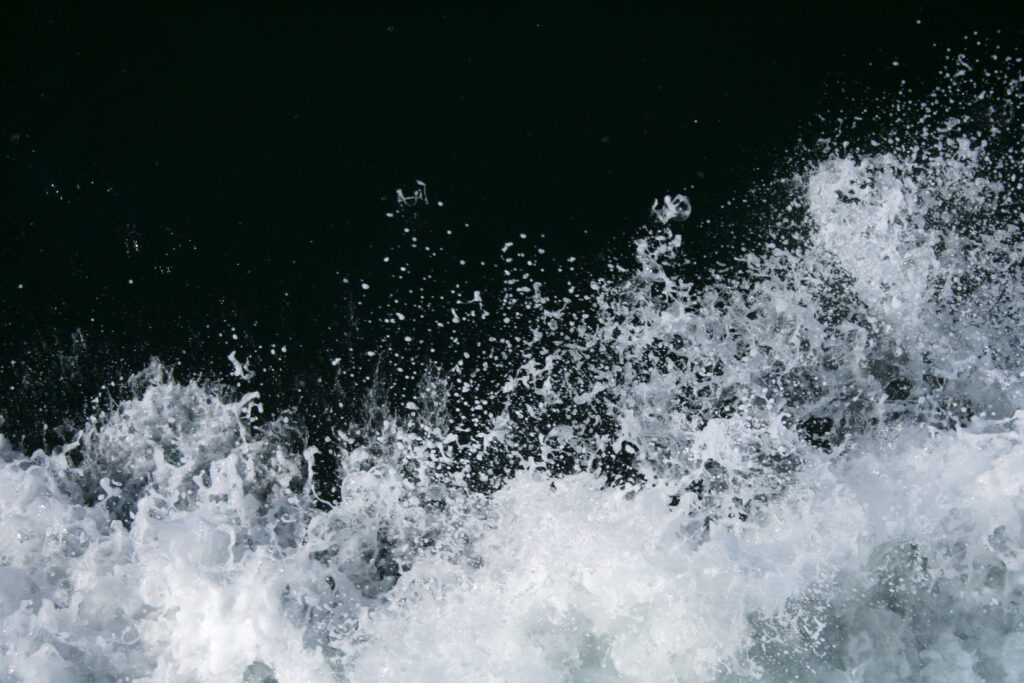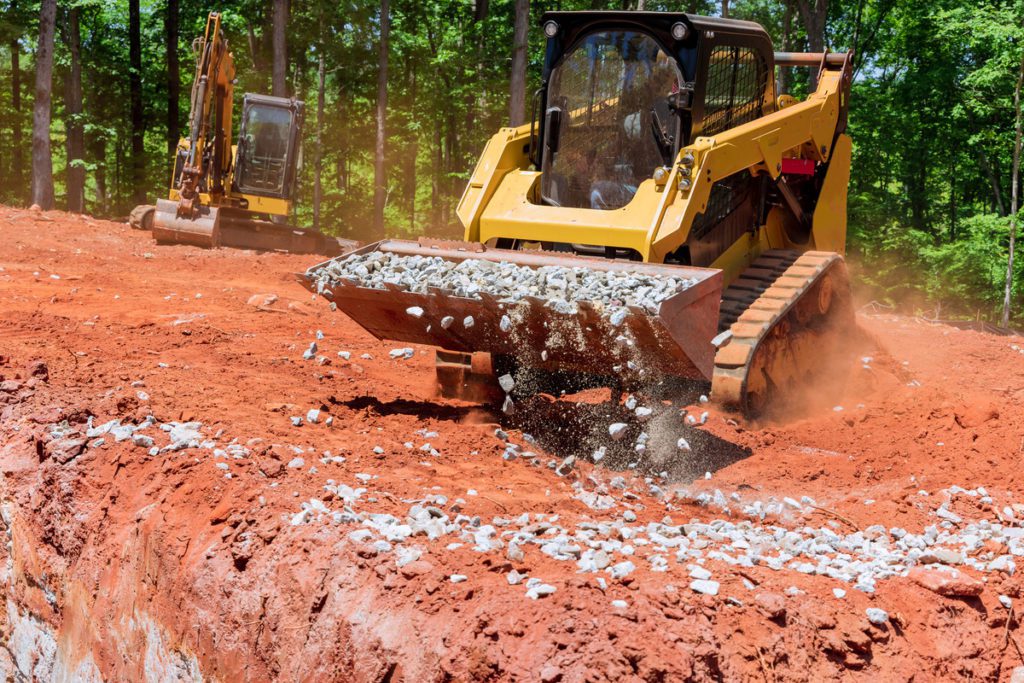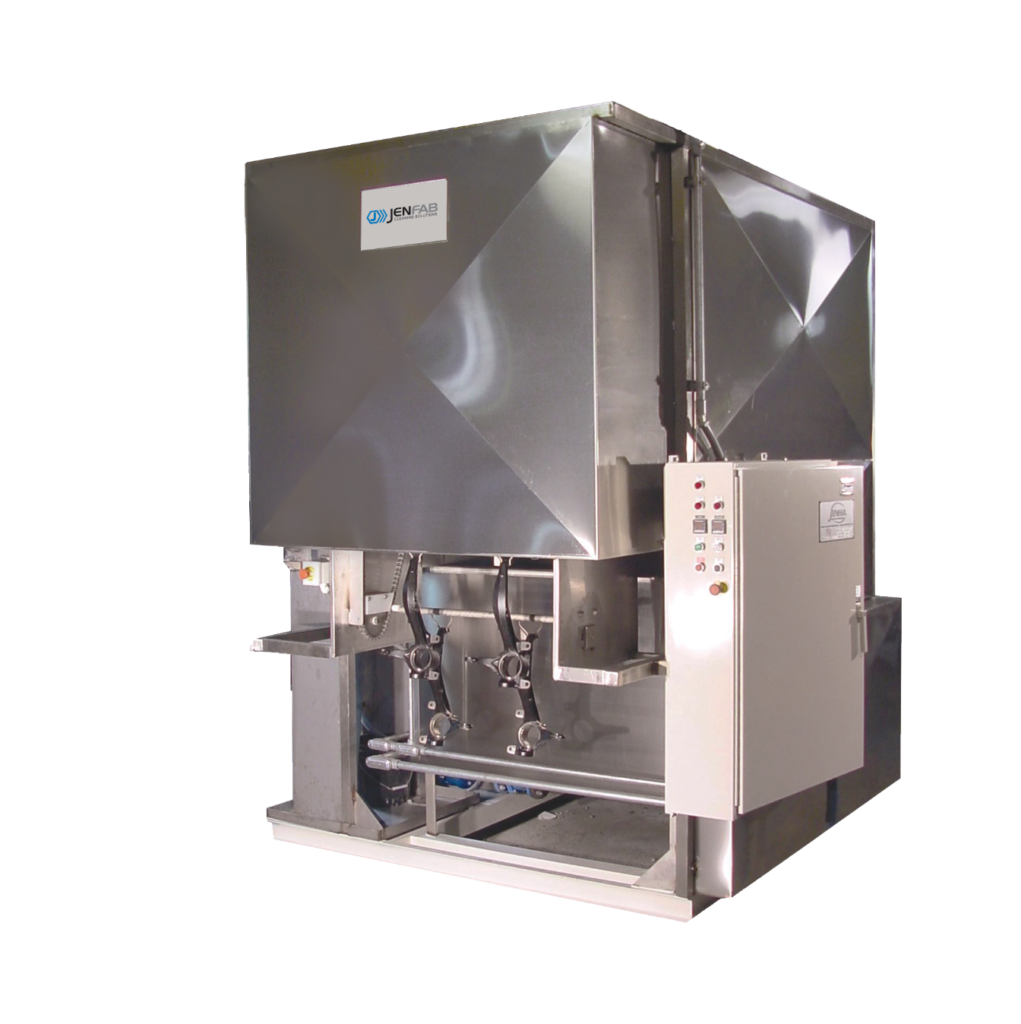Jenfab Cleaning Solutions is proud to deliver “Custom Cleaning Solutions with Everyday Impact.” We recently celebrated International Water Day on March 22 and will celebrate Earth Day on April 22.
International Water Day’s theme, “Valuing Water,” reminds us that water is a precious resource. Many do not have enough water to meet basic life needs. At Jenfab, we actively seek to improve the use of water resources in our operations, and we help our customers clean parts with less water.
As Earth Day approaches on April 22, we want to share how to get an exceptional clean without harsh solvents or wasted water. This year’s theme for Earth Day is “Restore our Earth.” Jenfab’s custom cleaning solutions help provide methods to restore and protect the earth’s natural resources.
The Work We Do Matters
Aqueous parts washers are the most environmentally friendly choice in the industry. At Jenfab, we actively work to reduce our effect on air and water resources and help our customers do the same.
With International Water Day behind us, it is important to remember that water is an incredibly valuable and diminishing resource. Jenfab’s parts washers not only remove solvents from the equation but also encourage the reuse of water.
The work we do matters. How we do it matters even more. Safe, reusable water is the way to sustainably clean parts.
Are you familiar with aqueous parts cleaning? Keep reading to learn about aqueous parts washers and their environmental benefits.
What Are Aqueous Solutions? Why Not Use Solvents?
What’s the difference between solvent-based cleaners and aqueous solutions? For many years, using parts washer solvents to clean was the status quo. Though solvents dissolve soils quickly, they’ve earned a bad reputation for the harm they can cause employees and the environment.
Parts Cleaning Solvents
First, let’s define parts cleaning solvents. Solvent cleaners quickly dissolve dirt and grime. Examples of solvent-based cleaners include using mineral spirits for cleaning auto parts or acetone to remove greases.
Many manufacturers and auto shops use petroleum-based solvents to clean parts. These solvents are highly flammable, and they release chemicals into the air as they evaporate.
Petroleum-based solvents include:
- Benzene
- Butyl Cellosolve or Butoxyethanol
- Mineral Spirits
- Petroleum Naphtha
- Stoddard Solvent
- Toluene
- Trichloroethane
- Trichloroethylene
Aqueous Parts Washers
The best way to clean parts is with an aqueous parts washer. Mineral spirits or other petroleum-based solvents dissolve soils. Water-based solutions don’t dissolve soils; they knock them off. Aqueous parts washers use water, soap, heat and agitation to remove stuck-on soils.
Aqueous cleaning solutions are mostly made of water; therefore, they are less toxic than solvents. Aqueous cleaning solutions may also include wetting agents, chelating and sequestering agents, and alkaline salts. The exact makeup of a solution depends on the soil, grease and petroleum compounds that need to be removed.
Protecting the Earth’s Resources
Solvent-based parts washers release emissions into the air and require more water use. Using a solvent-based parts cleaner also creates hazardous waste. If not handled properly, this waste could contaminate water tables and nearby ecosystems.
Aqueous cleaning systems are a better choice for the environment and your shop floor.
Save Water with Aqueous Cleaning Systems
Water covers 70% of our planet, and it is easy to think it will always be plentiful. However, freshwater—the stuff we drink, bathe in and use to irrigate farm fields—is incredibly rare.
Only 3% of the world’s water is freshwater. Two-thirds of that is tucked away in frozen glaciers or otherwise unavailable for our use. As a result, an estimated 1.1 billion people lack access to water worldwide. A total of 2.7 billion people find water scarce for at least one month of the year. In the United States, the average freshwater consumption is 100 gallons per day.
Aqueous parts washers recycle the solution and water used. With aqueous cleaning, you significantly reduce the amount of water needed to clean parts.
How we help our customers use less water is incredibly important. For example, Jenfab’s recirculating rinse systems use 10 gallons of water per hour over and over for about five days. After five days, the water needs to be replaced. Contrast that with a 10 gallon per minute freshwater rinse system. That’s a 590 gallon per hour difference for five days, which would meet the water needs of 142 people. That’s just for one machine.
Reduce Emissions with Aqueous Cleaning Solutions
Solvents contain high amounts of volatile organic compounds (VOCs), which are made of carbon. When solvents evaporate, they release VOCs into the air as gases. These gases react with sunlight and add to our ground-level ozone, reducing the quality of the air we breathe.
Stratospheric ozone protects us from the sun’s powerful ultraviolet rays, but ground-level ozone, or tropospheric ozone, is an air pollutant. Ground-level ozone can make breathing difficult and cause other health problems. Ozone near the ground can also affect vegetation and crop growth.
Aqueous cleaning solutions contain little to no VOCs. They don’t release large amounts of harmful chemicals into the air, if any at all. Using an aqueous parts washer helps protect another one of earth’s precious resources: clean air.
Avoid Creating & Handling Hazardous Waste
Aqueous cleaning solutions reduce the risk of contaminating your workplace or local ecosystem with hazardous substances. Waste created from aqueous parts cleaning is less toxic. Generally, the used aqueous solution is considered non-hazardous. Of course, this depends on the solution and what was cleaned with it. Some soils may make aqueous cleaning solutions hazardous waste.
Reduce Your Company’s Environmental Footprint
Aqueous parts washers reduce the impact we have on our world without compromising cleanliness. When you switch to aqueous cleaning, your company or shop chooses to practice environmental sustainability and protect the planet we call home.
Request a quote for a custom aqueous parts washer from Jenfab today. Our team will design the machine you need. Let us help you implement an efficient and environmentally conscious parts washing process.
Need a machine soon? Order our ready-to-ship Orca and Avenger for your shop floor. These machines are available on our website.












